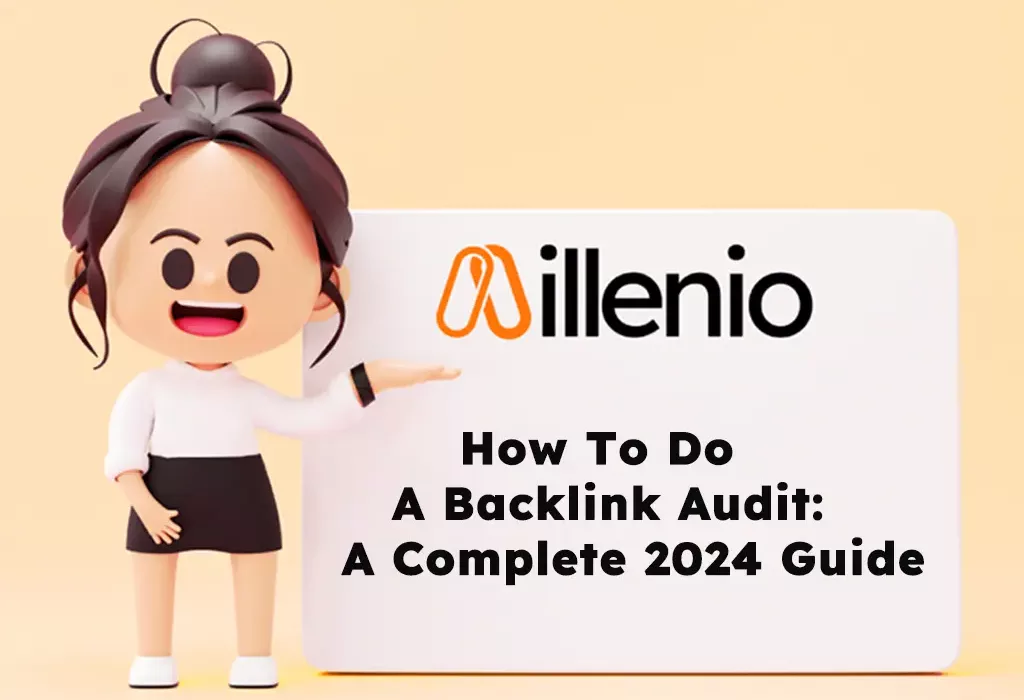by Liam Cook
December 9, 2023
0






